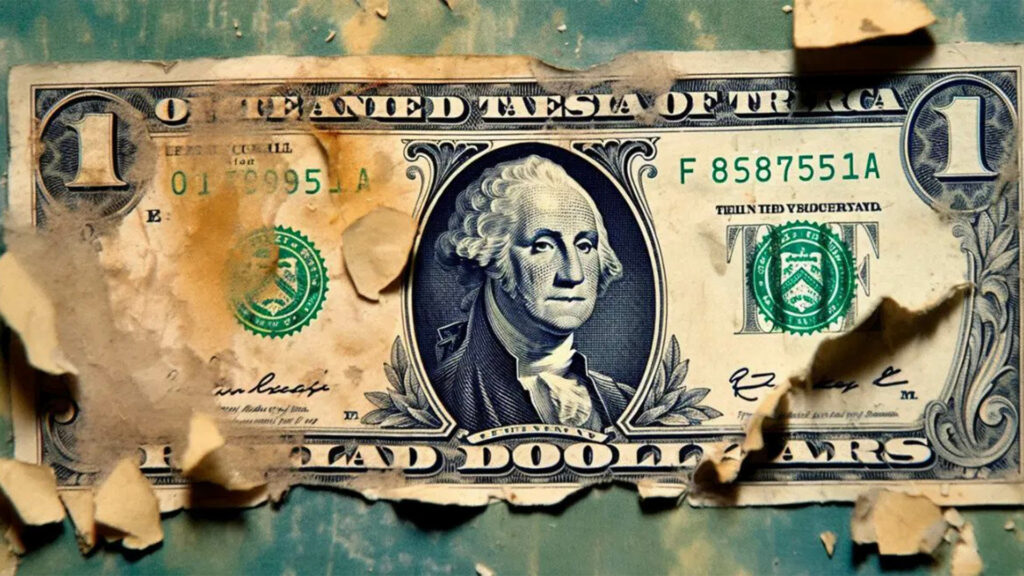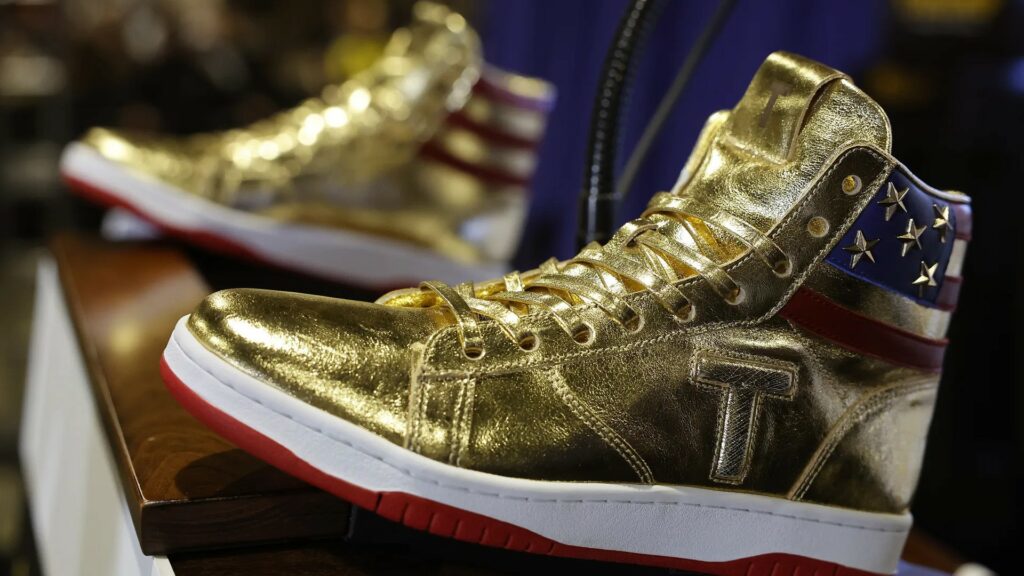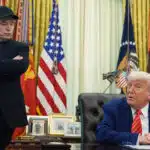Trending: Here are some Business Statistics and Trends to know
|
Getting your Trinity Audio player ready...
|
The dominance of the US dollar as the global reserve currency has been unquestioned for decades. However, a growing trend among BRICS nations suggests that this could be changing.
Are these countries moving away from the dollar and what could it mean for the global economy?
BRICS
BRICS is an acronym representing a group of five major emerging economies - Brazil, Russia, India, China, and South Africa - known for their significant influence in global trade, finance, and geopolitics.
A Shift in Global Currency Landscape
Talks of de-dollarization are gaining momentum as BRICS nations - Brazil, Russia, India, China, and South Africa - spearhead the development of a new currency for cross-border trade. This bold move challenges the notion of the dollar's unchallenged dominance, potentially shaking the foundations of the global currency landscape.
The Potential of a BRICS-Issued Currency
Unlike previous attempts, the proposed currency, which we'll call "bric," has the potential to significantly impact the dollar's reserve currency status among BRICS members.
By adopting the bric for international trade, these nations can overcome the hurdles of dollar hegemony and bilateral agreements, ultimately paving the way for de-dollarization.

Bric: A Gateway to Self-Sufficiency
With a combined trade surplus of $387 billion in 2022, the BRICS are well-positioned to achieve an unprecedented level of self-sufficiency in international trade. This new currency union, comprising diverse economies, could produce a wider range of goods, reducing dependence on external markets.
Such autonomy has evaded other currency unions, like the Eurozone, which recorded a $476 billion trade deficit in the same period.
Diverse Trade Possibilities
The strength of the BRICS members in their respective regions enables them to attract trade worldwide in the bric. Even if countries choose not to exclusively trade within the BRICS bloc, the currency's flexibility allows for a vast network of international trade, bypassing potential restrictions and barriers.
Mitigating Risks for Foreign Investors
For the bric to succeed as a reserve currency, it must offer safe assets for foreign investors. The currency's potential backing by gold and valuable metals, providing both interest payments and risk diversification, could attract global investors.
Risks of default could be mitigated through shorter debt maturities or compensatory yields, ensuring the viability of the bric.
Challenges on the Horizon
While the bric shows promise, practical challenges exist. Adopting the currency for international trade poses complexities for national central banks, and establishing a supranational central bank might be necessary.
Additionally, geopolitical complexities among BRICS nations require careful navigation.
A New Path Forward
Replacing the dollar with the bric as the reserve currency would not happen overnight, but it would signal the beginning of a shift in global dynamics. The bric's rise could both garner applause from those challenging dollar dominance and raise concerns for U.S. national security interests.
However, the evolution of the global monetary order will be a slow process, and the dollar's reign will remain influential.
A Double-Edged Sword
The dollar's global role has been a mixed blessing for the United States. While financial sanctions have bolstered foreign policy, they have simultaneously increased the cost of American goods and impacted exports, ultimately affecting job opportunities.
With changing security interests and increasing ineffectiveness of sanctions, a bric-dominated future may reshape the landscape of global finance.






